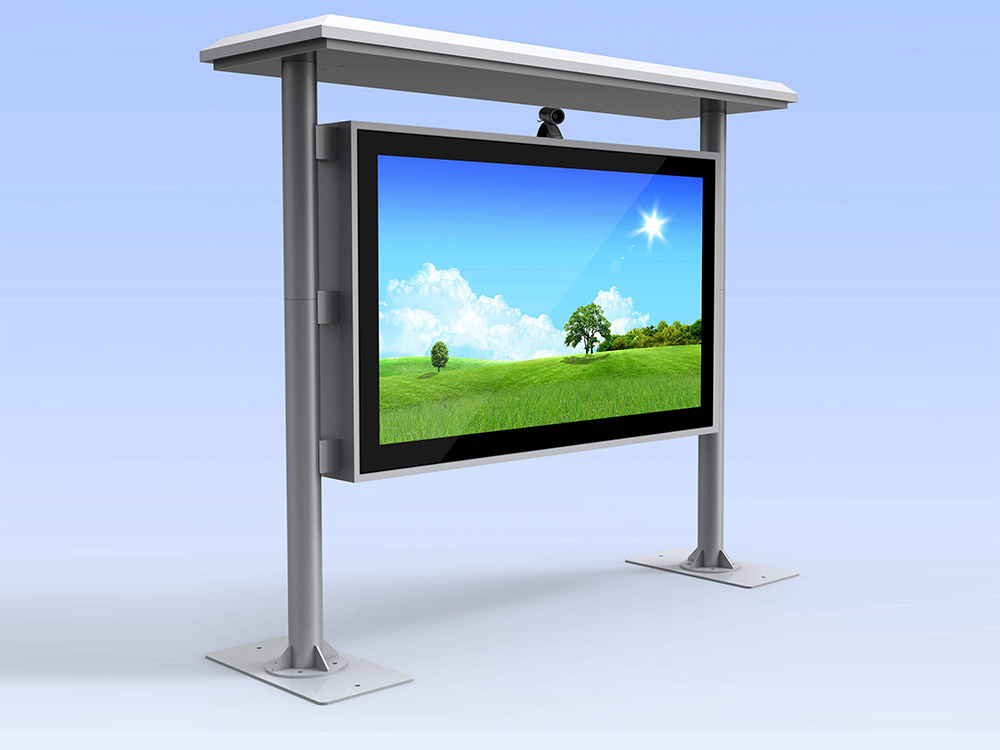Digital Signage and Wayfinding: Navigating with Ease
Digital Signage and Wayfinding: Navigating with Ease.In the intricate labyrinth of modern urban spaces, finding one's way can often feel like an odyssey. Whether it's the sprawling corridors of a hospital, the maze-like layout of a shopping mall, or the vast expanses of a university campus, navigation has become an integral part of our daily lives. Enter digital signage and wayfinding systems, the digital compasses guiding us through these modern-day labyrinths with unparalleled ease and precision.

Gone are the days when static signs with arrows and maps were the sole navigators. Today, digital signage has revolutionized the way we navigate physical spaces, blending the realms of technology and design to create intuitive, interactive, and dynamic guides. These systems not only help us find our way but also enhance our overall experience by providing real-time information, personalized content, and a touch of elegance to the built environment.
At the heart of digital signage lies the magic of interactivity. Unlike traditional signs, digital displays can respond to user input, offering a tailored experience based on individual needs. Imagine standing at a kiosk in a hospital, feeling overwhelmed by the myriad of corridors and departments. With a few touches on the screen, you can enter your destination, and the digital wayfinding system will present you with a step-by-step guide, complete with visual cues and estimated walking times. This level of personalization transforms navigation from a passive activity into an active, engaging process.
Moreover, digital signage systems can integrate with various other technologies to provide a seamless experience. For instance, they can sync with a building's management system to display real-time information about elevator statuses, room availability, or even weather updates. In a shopping mall, digital directories can showcase store locations, current promotions, and even customer reviews. This integration ensures that the information is not only accurate but also timely and relevant, making the navigation process smoother and more efficient.
The visual appeal of digital signage cannot be overlooked. With high-definition displays, vibrant colors, and dynamic animations, these systems catch the eye and hold attention. In a retail environment, this can be particularly advantageous. Stores can use digital signage to showcase their latest collections, promote sales, and even stream live events. This not only aids navigation but also enhances the shopping experience, making it more immersive and enjoyable.
One of the most significant advantages of digital signage is its scalability. Whether it's a small office building or a large airport, these systems can be customized to fit any space. In large venues like airports or convention centers, where navigation can be particularly challenging, digital wayfinding systems can be integrated into a network of displays, each providing a piece of the navigational puzzle. This creates a cohesive navigation experience that spans the entire venue, ensuring that visitors are never more than a few steps away from a helpful guide.
Another crucial aspect of digital signage is its adaptability. Content can be easily updated or changed, allowing for quick adjustments to accommodate changes in the environment. For example, if a store in a mall changes its location, the digital directory can be updated instantly, eliminating the need for costly and time-consuming physical changes. This flexibility ensures that the navigation system remains accurate and relevant, even as the space evolves.
In educational institutions, digital signage and wayfinding play a pivotal role. Campuses, often spread over vast areas, can be daunting for new students and visitors. Digital maps and directories can help them find classrooms, libraries, and other facilities with ease. Additionally, these systems can display important announcements, event schedules, and even bus timetables, keeping students informed and engaged.
The accessibility of digital signage is another notable advantage. In an age where inclusivity is paramount, these systems can be designed to cater to diverse needs. For visually impaired individuals, audio guides and tactile interfaces can provide invaluable assistance. Similarly, multilingual support ensures that navigation is not a barrier for non-native speakers. By incorporating these features, digital signage becomes a tool for inclusion, making public spaces more accessible to everyone.
In healthcare settings, digital wayfinding systems can be a lifeline. Hospitals are often complex environments where every second counts. Digital signs can guide patients and visitors to emergency rooms, clinics, and pharmacies with precision. They can also display wait times, allowing patients to manage their time more effectively. In a critical situation, a well-designed wayfinding system can make the difference between timely treatment and delayed care.
The environmental benefits of digital signage are often overlooked. By replacing printed materials with digital displays, we reduce paper waste and minimize our ecological footprint. Furthermore, digital signs consume less energy than traditional lighting systems, contributing to sustainability efforts. In a world increasingly conscious of environmental issues, this shift towards digital solutions is both practical and responsible.
As we look to the future, the potential of digital signage and wayfinding continues to expand. With advancements in artificial intelligence and machine learning, these systems can become even more intelligent and predictive. For example, they could analyze user behavior to predict popular routes and adjust signage accordingly. They could also integrate with personal devices like smartphones, providing navigation assistance beyond the physical confines of a building.
In conclusion - or rather, as we consider the broader implications - digital signage and wayfinding have transformed navigation from a simple task into a sophisticated, multi-faceted experience. By blending technology, design, and user-centric principles, these systems have made our interactions with physical spaces more intuitive, efficient, and enjoyable. As we continue to urbanize and as our built environments become more complex, digital signage will undoubtedly play an increasingly vital role in helping us navigate with ease. Whether we're in a hospital, a mall, a campus, or an airport, the digital compass will guide us, ensuring that we never lose our way in the modern labyrinth.
Application scenarios of digital signage








